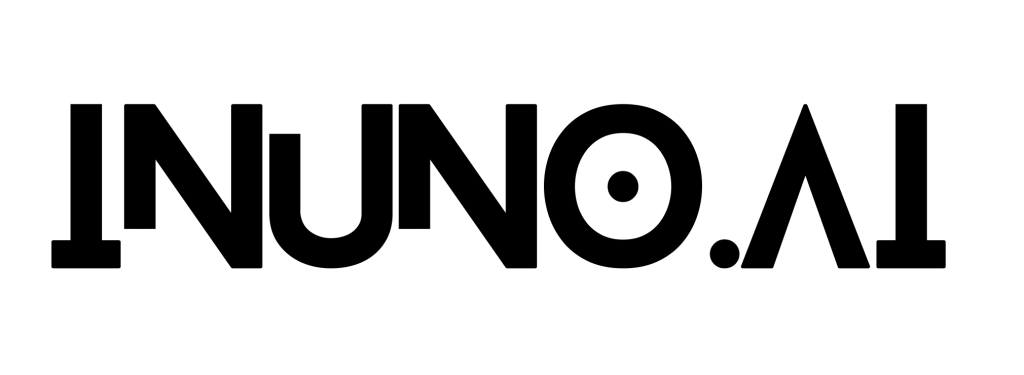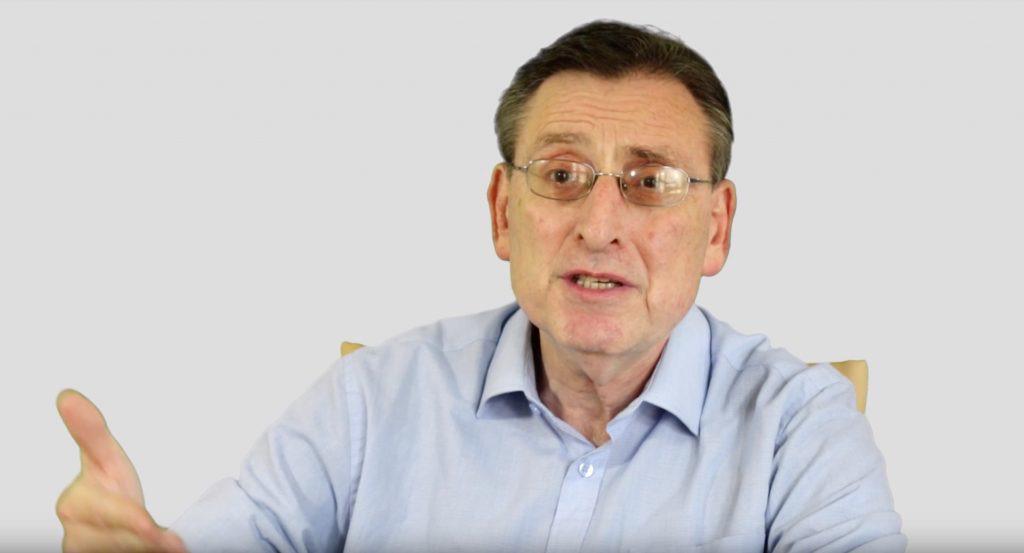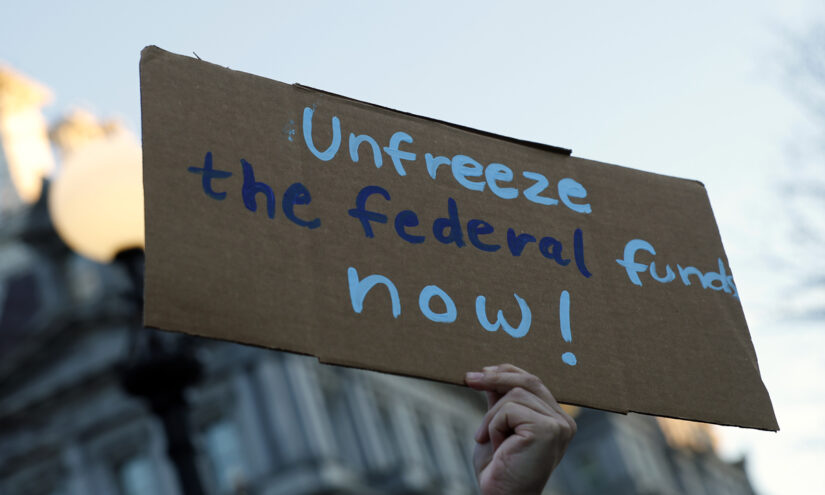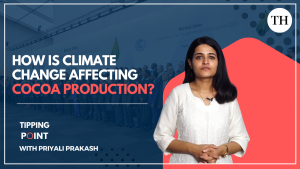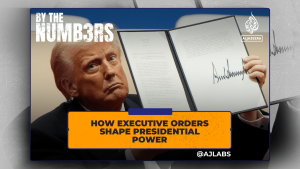Get stories like this delivered straight to your inbox. Sign up for The 74 Newsletter
On Monday afternoon, the Trump administration dropped a public policy bomb: the Office of Budget and Management (OMB) released a memo directing federal agencies to “temporarily pause all activities related to obligation or disbursement of all federal financial assistance” except for funds going directly to individuals. One of the first programs hit was Head Start, which operates via federal-to-local grant disbursements, meaning dollars are distributed to programs, not to individuals.
By Tuesday morning, the online system used by Head Start and many other federal programs to process payments was giving warnings about “delays and/or rejections of payments.” As of Tuesday afternoon, confusion reigned: the White House issued a clarifying document suggesting that Head Start was exempt from the freeze, yet there were reports, including from Sen. Chris Murphy (D-CT) that the Head Start payment system remained down. Later, as the day wound down, a federal judge paused the freeze until next week, and finally, on Wednesday afternoon the order — OMB Memorandum M-13-25 — was rescinded, although questions about the funding freeze still remain. Even if this crisis subsides, it is vital to remember who loses amid the chaos: children, parents and educators.
Head Start and Early Head Start serve around 800,000 children from low-income families, offering reliable free child care and wraparound supports like parent workshops and access to medical screenings. These programs can be particularly essential in rural communities, where affordable, high-quality child care options are particularly difficult for families to find. These programs are essential community assets upon which a multitude of American families rely.
Introducing chaos and uncertainty into these programs creates a cascade of negative impacts. First, let’s consider Head Start classroom educators. There is a bevy of research connecting child care providers’ well-being with the quality of care they provide for young children. It’s one thing to try to do an office job when you’re unsure about whether your paycheck will be deposited at the end of the week. It’s another to try and guide the development of a dozen 4-year-olds, especially when that paycheck may barely be enough to make ends meet. (Of note, Head Start lead educators make an average of around $40,000 a year, though there’s substantial state variation). This fact makes the Trump administration’s decision to put the freeze into place at the end of the month, just before rent is due, particularly harmful.
J. David Young, executive director of FRIENDS Association for Children, a nonprofit in Richmond, Virginia that operates four Head Start classrooms, said in an interview that, “The stress, the anxiety, the uncertainty — it comes with the unknown. Staff are wondering about their jobs.” While Young and his staff are committed to staying focused on providing quality care and education, he noted that “when you start seeing things that affect you directly, or have potential to, you start getting really, really scared.”
What’s more, Head Start is already suffering from the same staffing challenges that plague the child care sector writ large. Many teachers are leaving, or considering making an exit, whether for a lower-stress profession or a higher-paying job. School districts often offer $10,000 or more than Head Start while, as one North Dakota Head Start director said in 2023, “Walmart and McDonalds pay more than I am able to for entry level positions.” Since young children rely on stable relationships with caregivers, high staffing turnover is a developmental negative. But could anyone blame a Head Start teacher for seeking a different job instead of serving as a living political football for the next several years?
Daniel Hains, managing director of policy at the National Association for the Education of Young Children, said, “We had a call with a number of our state leaders yesterday and heard people were concerned about their jobs in the coming weeks, concerned about their ability to keep their programs open.” Hains added, “Even if this does get resolved in a legal manner, the confusion is already causing harm.”
Similarly, the confusion adds stress for parents of children who attend Head Start programs. Many of these families, given their income bracket, are likely working insecure low-wage jobs. There is a strong correlation between poverty and stress, so many of the impacted families are already navigating pressure. Now, layer on the question of whether child care will be there tomorrow and it’s easy to imagine panic setting in. As Young put it, the funding freeze attempt represents “unnecessary emotional strain causing emotional hardship to families already experiencing difficulties.” As any parent knows, a high level of stress makes it tough to parent effectively, so a government that wants to do right by the nation’s families should be trying to reduce parental stress, not spike it.
To put it plainly, the Trump administration’s decision to disrupt Head Start — even temporarily — is harmful to educators, children and families. An administration that claims to be “pro-family” should not insert so much precarity into family life, particularly when American families already face plenty of day-to-day challenges.
And that’s just Head Start.
The administration’s move has potential implications for a huge swath of funds that impact early care and education — child care subsidies via the Child Care and Development Block Grant; the Child and Adult Care Food Program that reimburses programs for the meals they serve; child care funding for student parents via the Child Care Access Means Parents in School Program; and emergency disaster aid passed back in December. All of these operate as block grants that flow from the federal government to states. And this of course says nothing of the broader collisions with family life via funding for programs that support children’s health research, housing, community development, and nearly all of the policy areas that shape a family’s circumstances. More fundamentally, it shakes the trust between the family and the government, making the latter seem capricious and unreliable.
This move, coming just a week into President Trump’s second term, will surely not be his last foray into spending cuts. There was a political calculation here; one can speculate the administration knew that their order would be challenged and at least partially blocked. Yet the administration should not lose sight of the fact that such machinations have a human cost to the very families they purport to champion.
Get stories like these delivered straight to your inbox. Sign up for The 74 Newsletter
